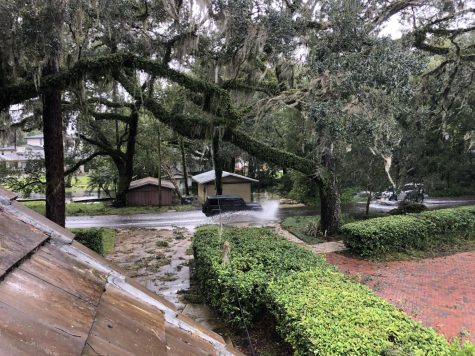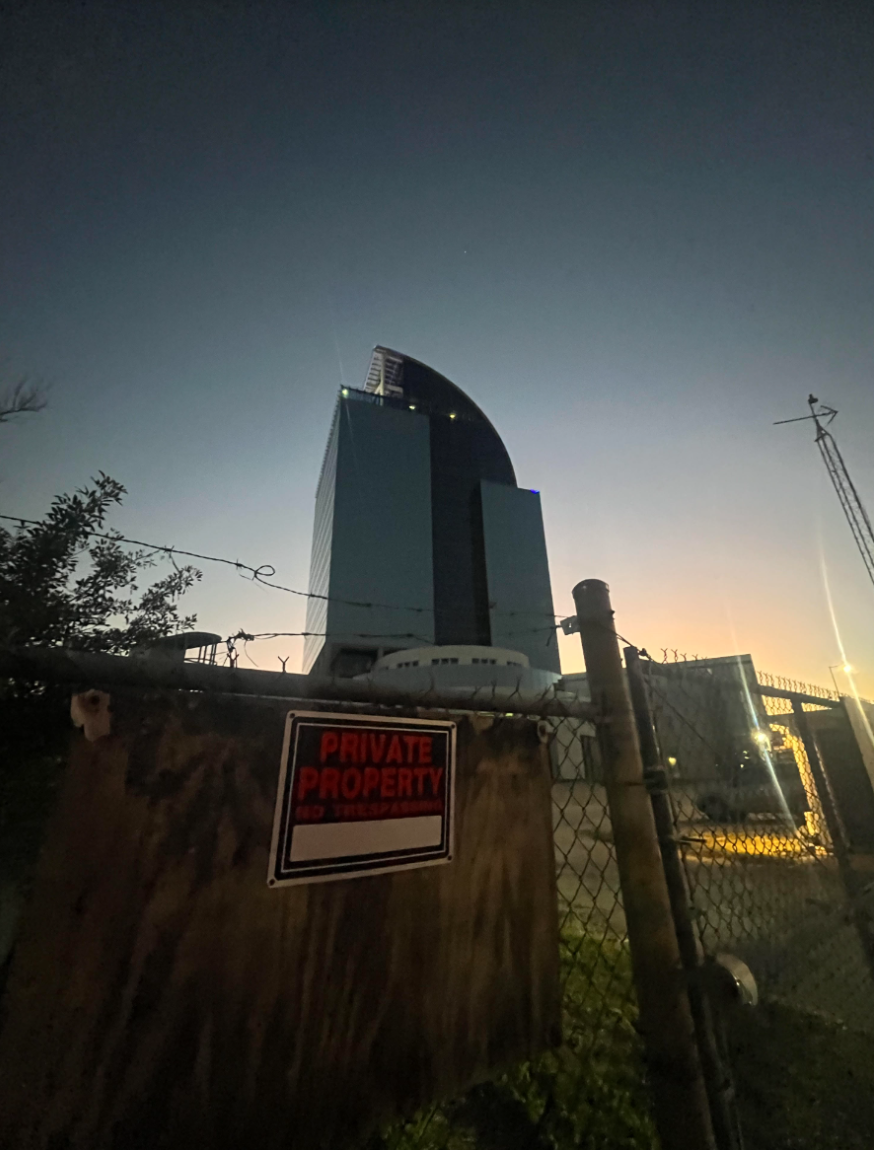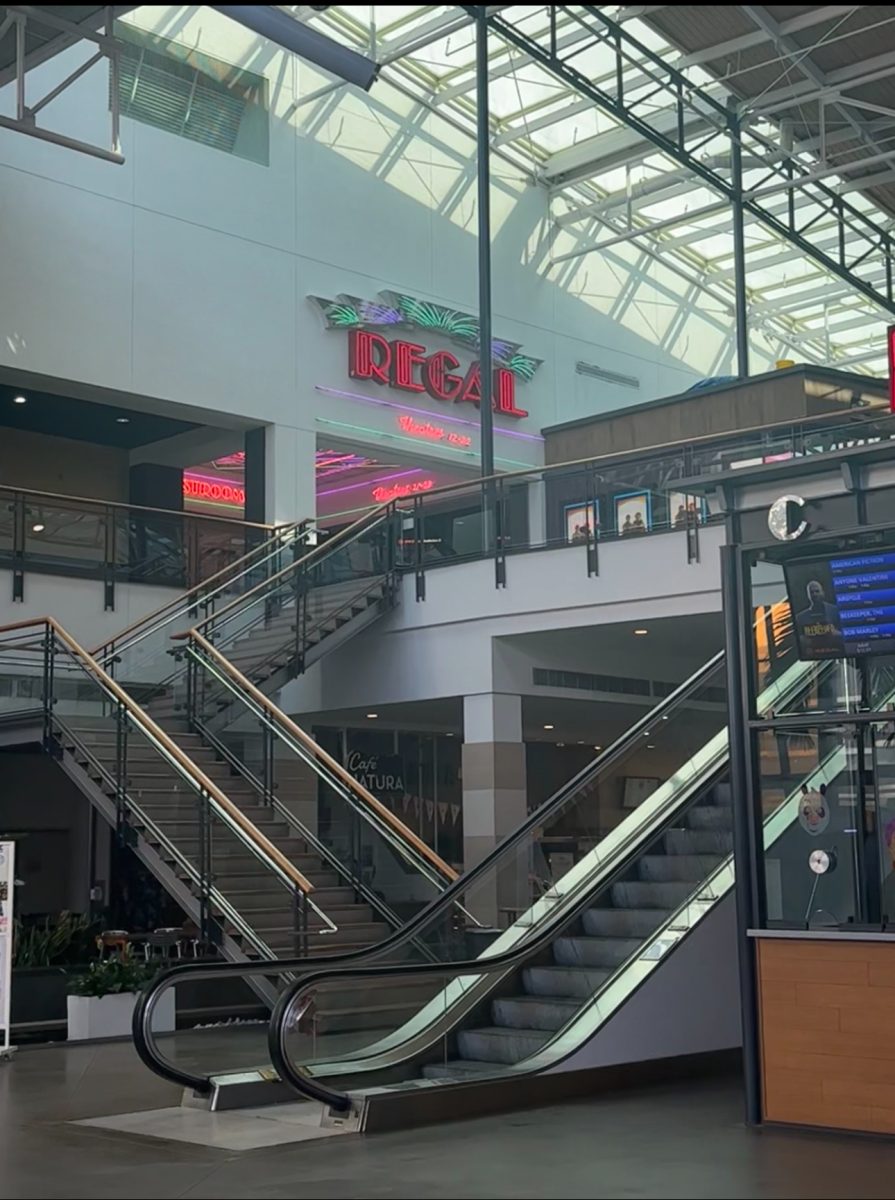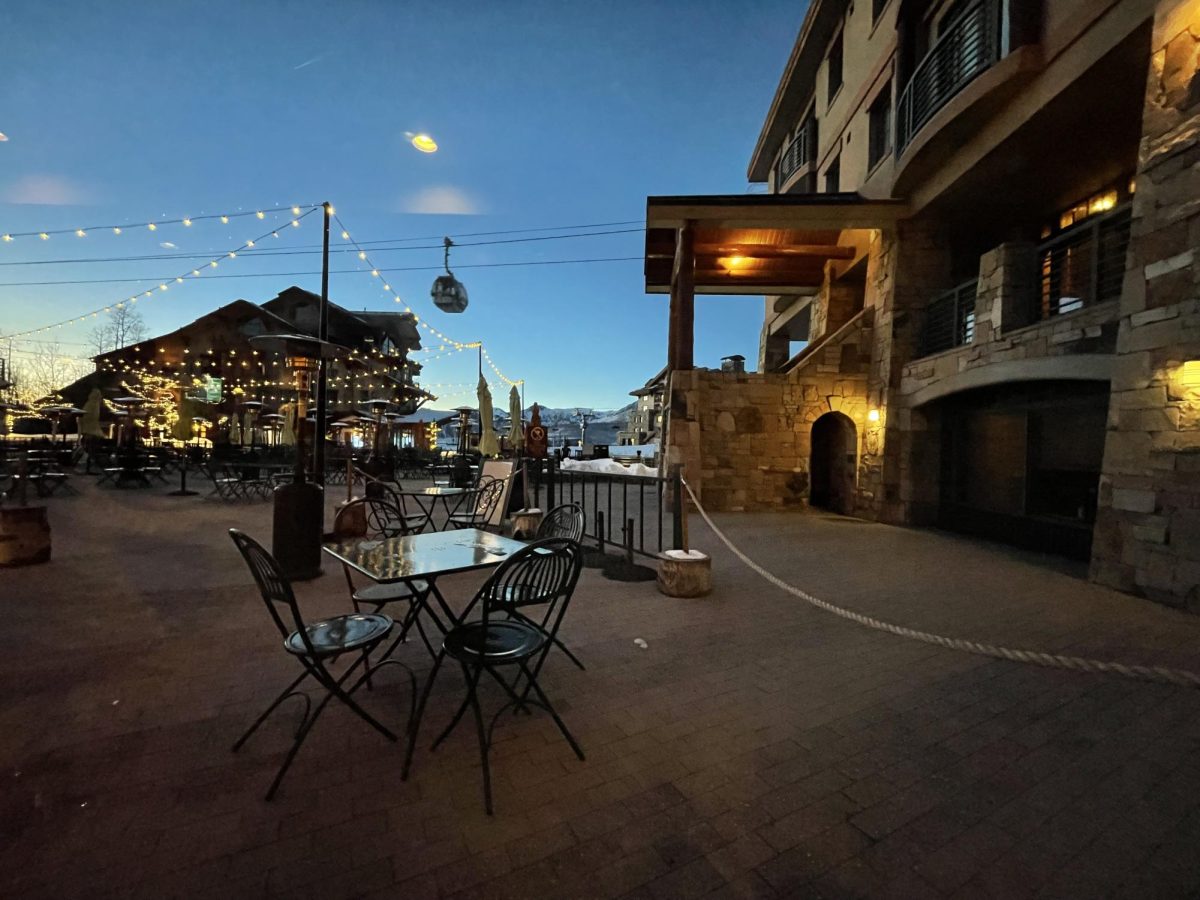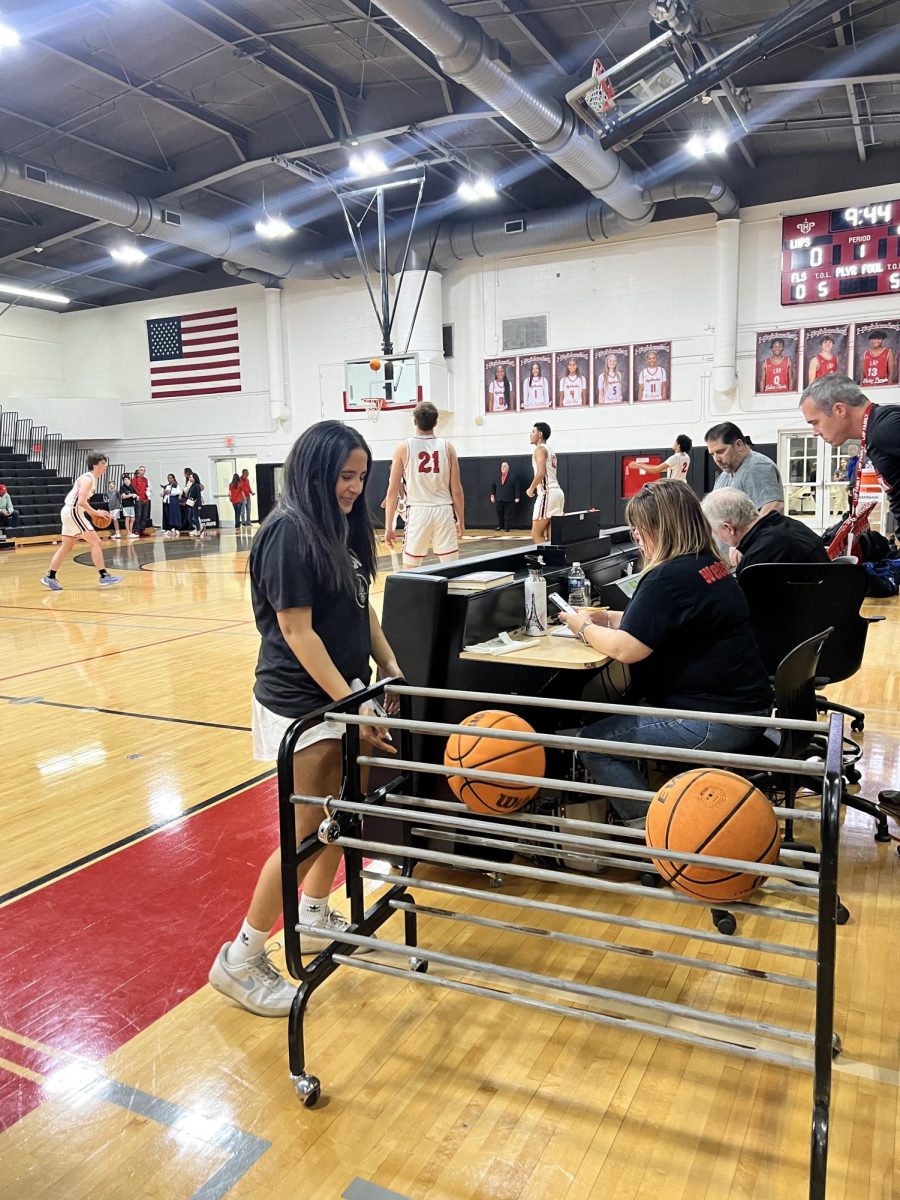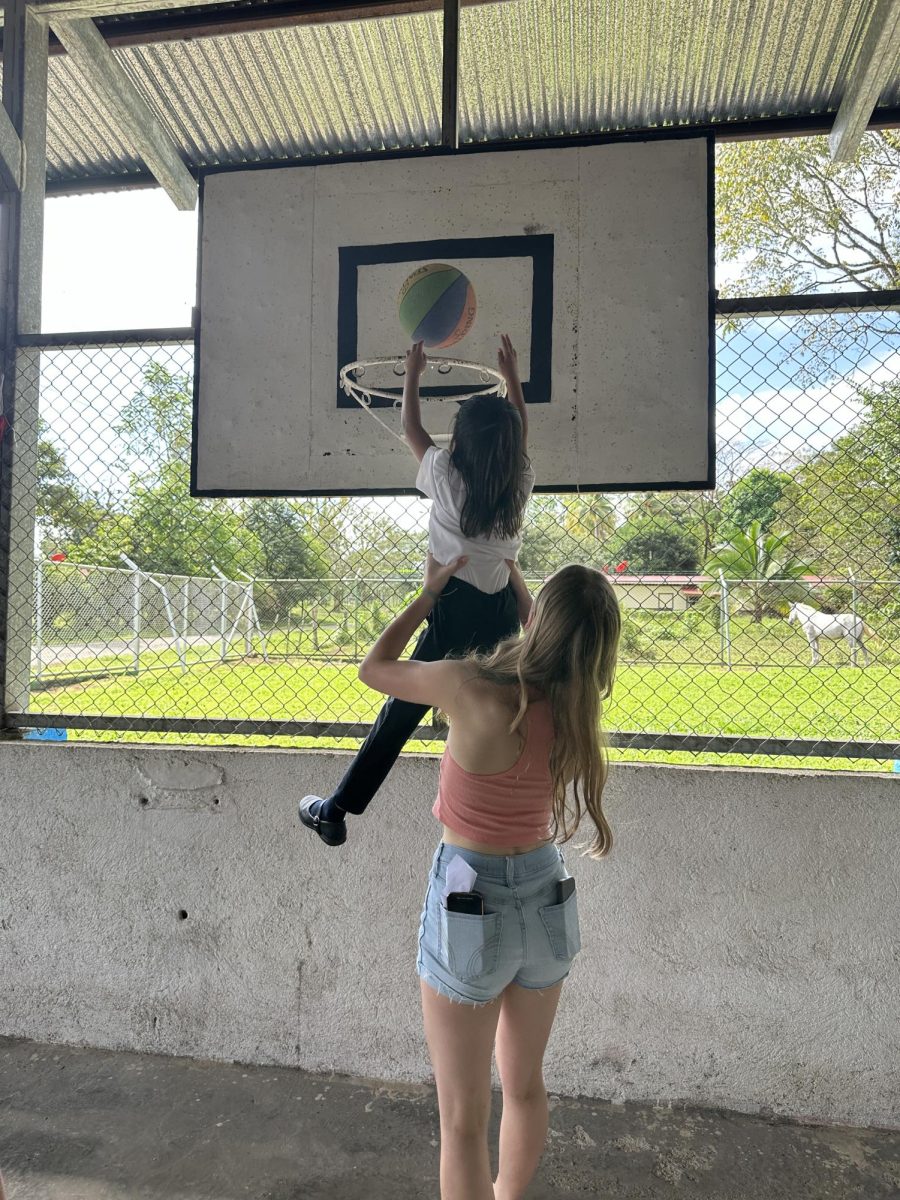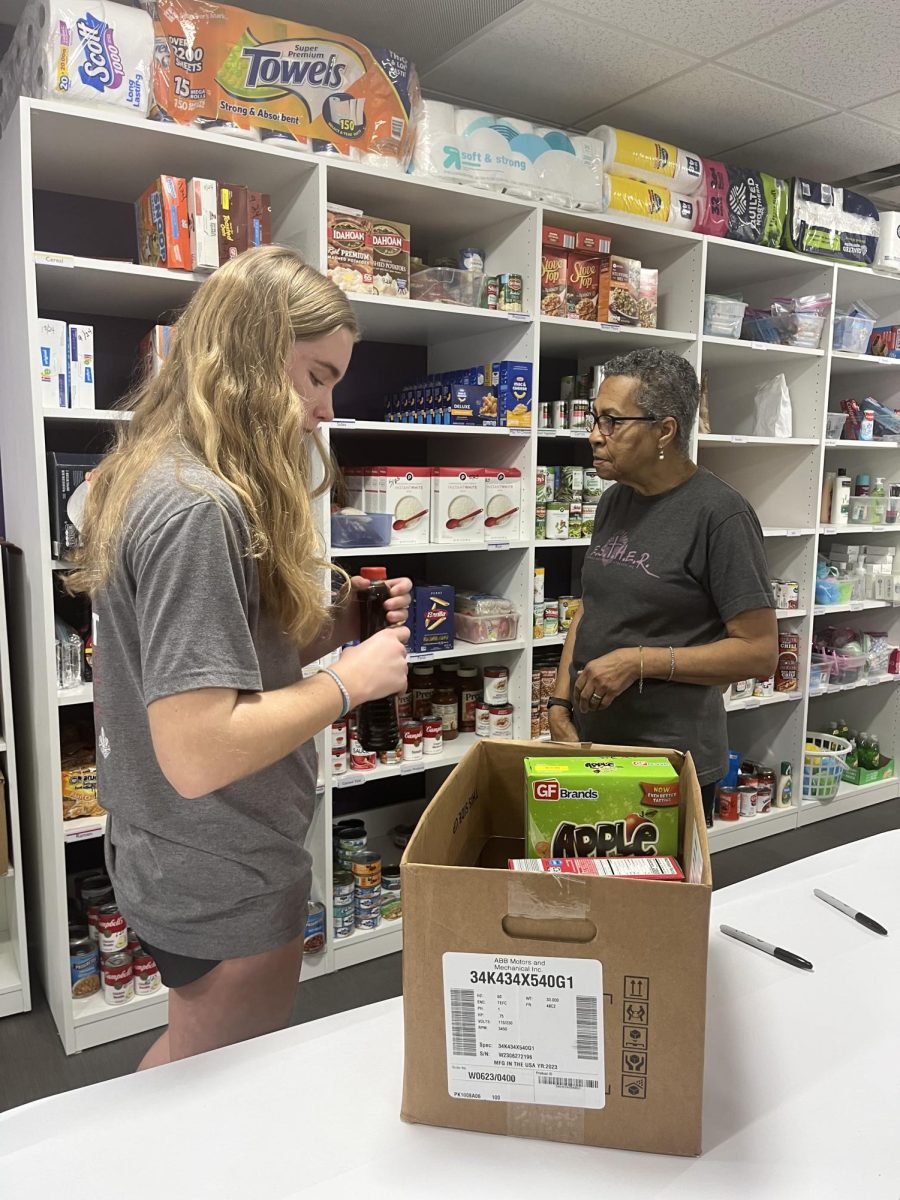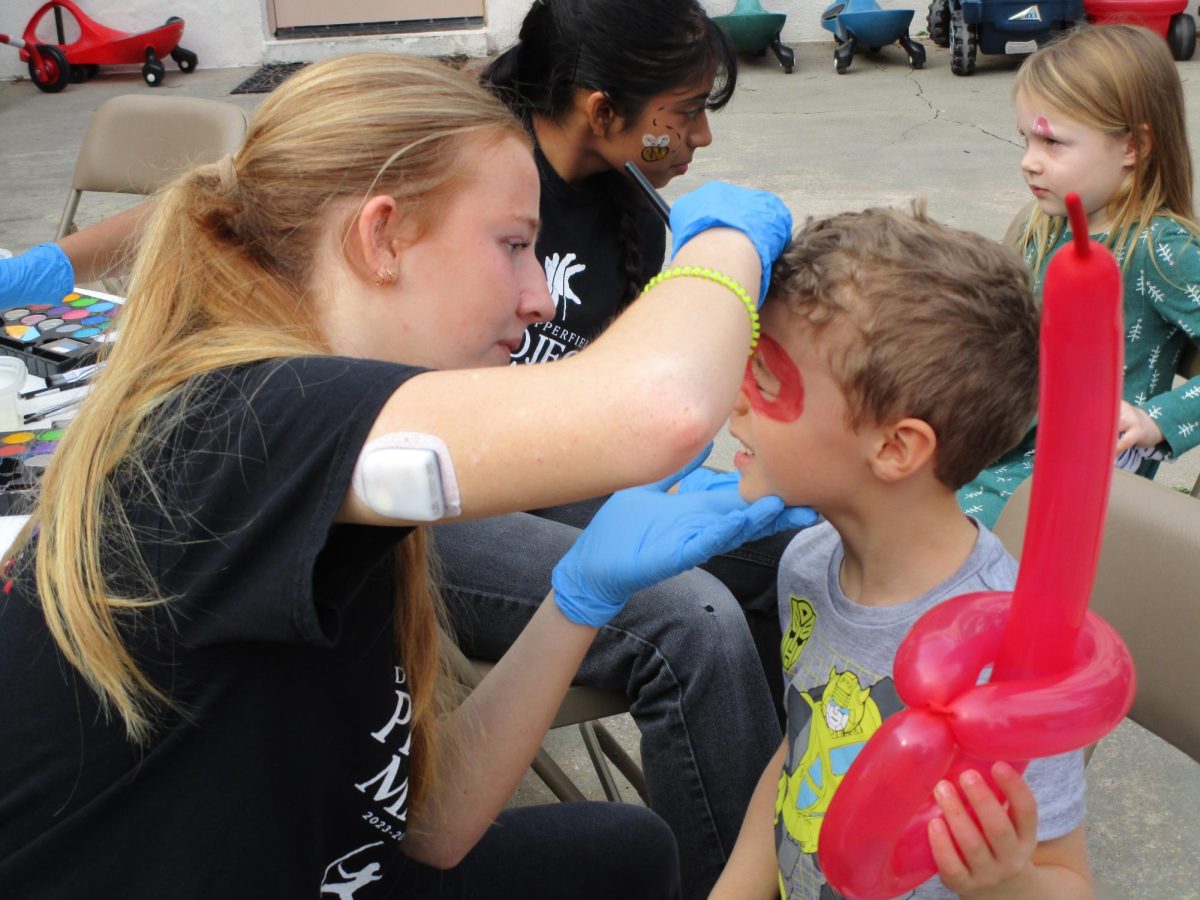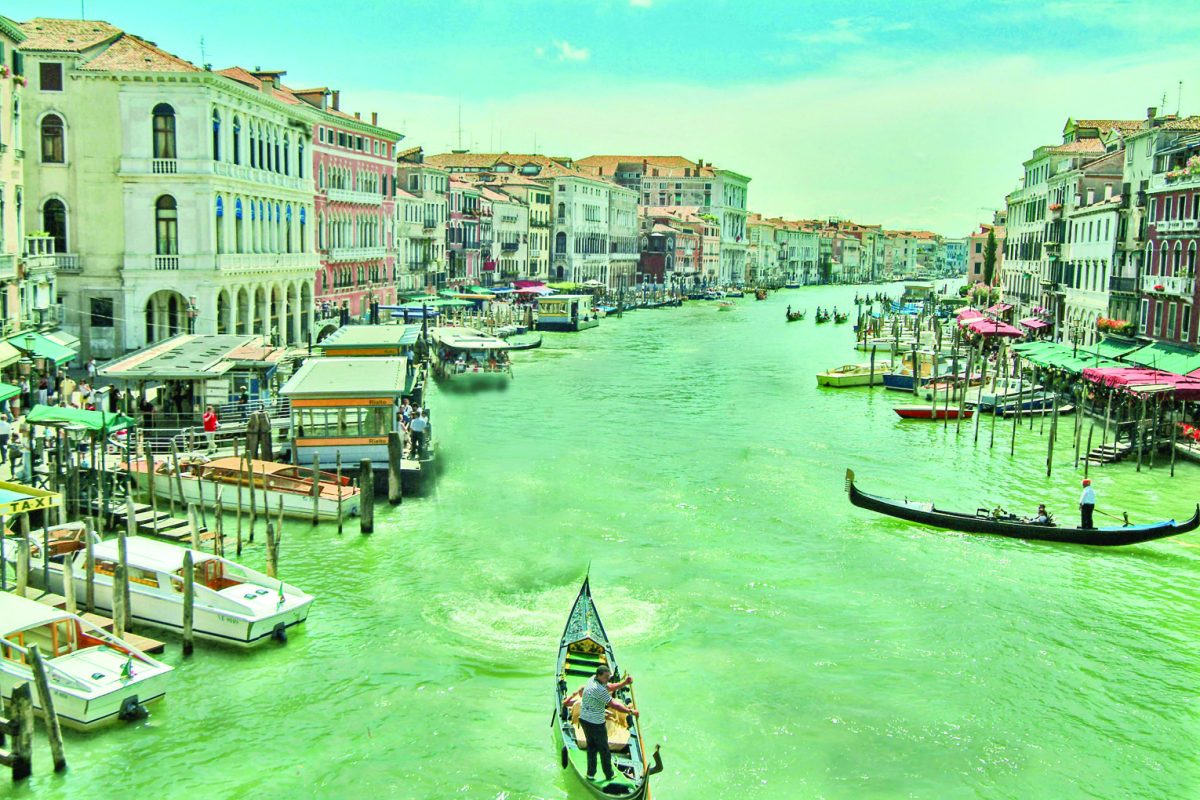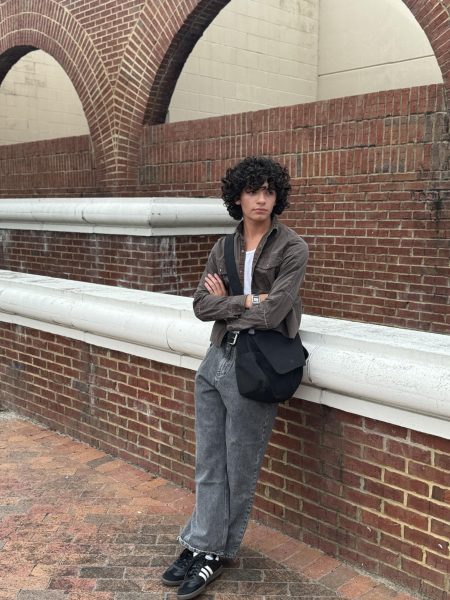Hurricane Ian Floods In
November 4, 2022
Hurricane Ian has quickly become one of the most destructive hurricanes in Florida’s history. Floridians are accustomed to these scary times, as during hurricane season annually Floridians stock up on necessities like non-perishable food, water, and other snacks. While many meteorologists predicted that Ian would not make landfall on Florida early on, the storm kept turning until it made direct contact in Fort Myers and other adjacent coastal areas, where most of the damage was seen. Surprisingly, inland Orlando also saw much destruction and flooding, which made it difficult for children to go to school, as well as adults to go into work. Devastating times can lead to increased unity within LHP and the greater Central Florida community. It is increasingly important to reach out and help those in need in your area if possible, and work together in order to overcome challenging circumstances.
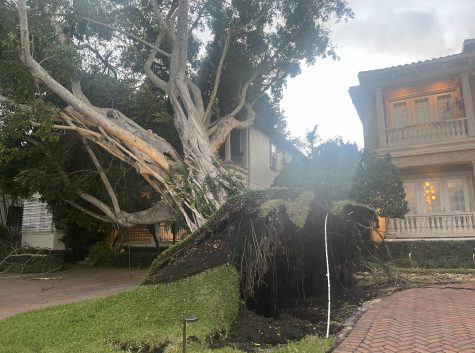
of the destruction from Hurricane Ian. However, the damage was not as severe as other parts of the state, especially a few miles south of Tampa. This uprooted tree in St. Petersburg shows the extensive damage hurricanes can cause. Although the house remained relatively unharmed, there was
minor damage from the fallen tree to the roof and exterior. Photo by Kailey Calvo. (Photo by Kailey Calvo.)
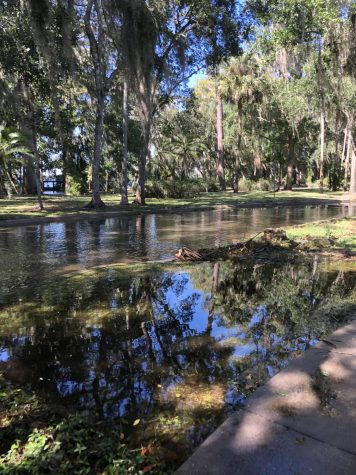
20 inches of rain [lashed] Orlando…on Thursday,” reported Orlando Weekly. Kraft Azalea Park, located in Winter Park especially saw lots of flooding due to its proximity to Lake Maitland, where storm drains dump
their excess water. Parts of the park were over a foot under water. The road along the South end (Alabama Drive) was closed off to through traffic. Photo by
Sarah Finfrock. (Photo by Sarah Finfrock.)
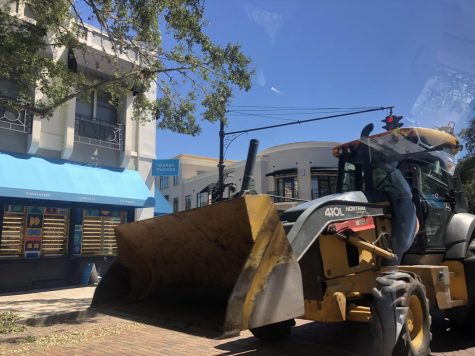
of Hurricane Ian. The City of Winter Park focused its main efforts on busy roads, such as Park Avenue. Heavy machinery, like front loaders, were sent to aid in debris removal. Trash collection slows after storms, as landfills reach capacity. Photo by Sarah Finfrock. (Photo by Sarah Finfrock.)
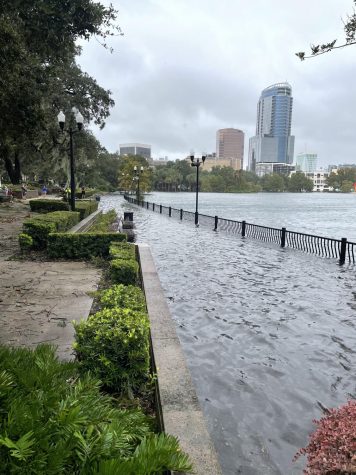
left residents without power for over a week. In Hurricane Ian, no Winter Park residents lost power for more than 12 hours. Altamonte Springs, however, still delivers power over land, and the city saw power outages lasting three days and longer during this year’s storm. Lake Eola, in Downtown Orlando, witnessed extreme flooding as the entire sidewalk was several inches under
water. Photo by Kailey Calvo. ( Photo by Kailey Calvo.)
